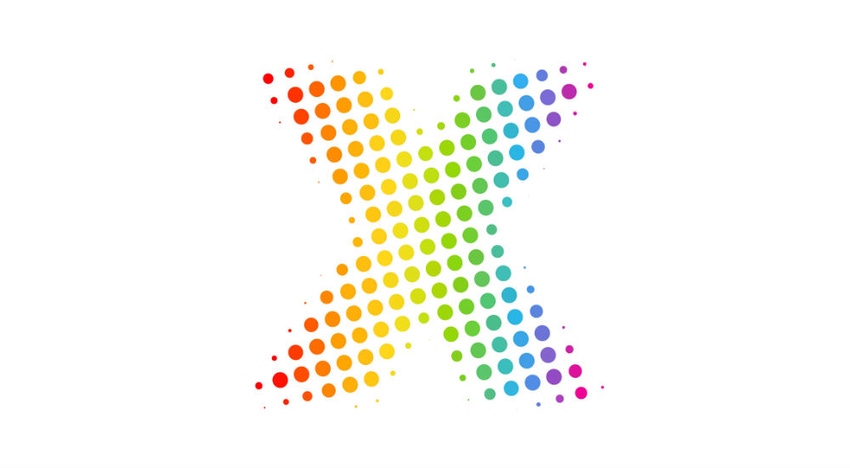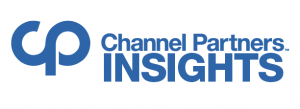How a modern, digital workplace fosters greater inclusivity, innovation — and profitability.
January 24, 2019


Pamela Maynard
By Pamela Maynard, President of Product and Innovation, Avanade
 For better or worse, our world is driven by the consumer economy and customer experience (CX) — and both are dramatically affected by the latest technology. In turn, organizations cannot provide paramount CX without also equipping employees with a similar extraordinary employee experience (EX), working from the inside out. The workplace is a key factor to improving the employee experience. Enter workplace experience (WX).
For better or worse, our world is driven by the consumer economy and customer experience (CX) — and both are dramatically affected by the latest technology. In turn, organizations cannot provide paramount CX without also equipping employees with a similar extraordinary employee experience (EX), working from the inside out. The workplace is a key factor to improving the employee experience. Enter workplace experience (WX).
Transformation of the WX leads to greater innovation and more inclusivity in organizations. In fact, research by the Centers for Information Systems Research (CISR) at the Massachusetts Institute of Technology demonstrates that companies that score in the top 25 percent of employee experience achieve double the customer experience, twice the innovation in terms of revenue from new products and services, plus 25 percent greater profitability.
So what exactly can organizations do to provide the latest and greatest WX? Certainly, new technologies allow more employees to seamlessly connect from anywhere, at any time, driving a business culture infused with more agility, flexibility and opportunity than ever before. This fosters unprecedented collaboration, allowing experts across the organization to share, learn and grow. This approach is a boon for diversity and inclusivity efforts seeking to spark business opportunities, while also creating a reputation important to recruitment efforts among younger generations.
3 Ways WX Boosts Innovation, Diversity
Whether an organization’s digital transformation is well underway or it is still considering first steps, here are three ways efforts in creating a modern and attractive WX can help boost innovation, diversity and inclusion efforts:
1. Flexibility equals agility. The modern WX, while enabled through various technologies, really is about flexibility first. We are spoiled by a consumer world, and the outside works better than the inside in many organizations. However, we have some expectations that the degree of ease we see in our consumer life would translate into a far more flexible work environment. In some organizations, including my own, employees aren’t always required to be present in physical headquarters or regional offices. There are also very talented employees who cannot work specific hours, so offering more flexible hours can support this type of work. Sometimes employees, such as developers, don’t want to be part of a formal company role and would prefer to work as freelancers or contractors. In a war for talent, hiring formal employees can be a long process but these “gig” workers allow flexibility and quick access to top, diverse talent.
Collaboration tools help connect employees virtually to receive the information and insights needed to do their jobs and help them be effective, efficient and informed. For example, research teams can use collaboration technology to bring teams together to distribute and collate documents, share knowledge and access different areas of expertise globally.
2. Technology attracts and diversifies talent. A modern, digital millennial workplace is becoming far more important to potential employees. Mobility and the tablet experience is a key part of this, changing the way employees can access applications, update technology changes and so much more. And the efficacy of the technology is also a big factor. An organization could offer all the latest technology tools and software, but if there are down times or many experience issues, it can make a miserable WX. Collaboration technologies such as …
… Microsoft Skype or Teams help heighten collaboration, but organizations are also starting to extend consumer technologies into the workplace, especially in the consumer and gaming industries. One of my organization’s key clients is experimenting with augmented reality in its U.S. showrooms for an updated WX, significantly impacting CX and EX.
Technology can also be used informally to network and poll employees to uncover and pinpoint unknown employee skills and capabilities. For example, to prepare for a meeting with a big client in the pharmaceutical industry, using easy-to-access network tools can help organizations identify specialized resources with different types of expertise across the company in a move that diversifies resources and also strengthens inclusivity on projects.
3. Rally your organization and support diverse voices. Digital transformation efforts require buy-in across the organization. Similarly, before an organization can create the environment for diverse talent to do its best work, the rest of the organization needs to understand where the company is headed and get equipped with the right attitude and approach to embrace that diverse talent. It’s good to have company leadership push a diversity agenda, but it needs to be accepted throughout the organization. Identify change agents within your organization and enlist their help to get the full company on board with the changes.
The systems within the organization (not just the technology) also need to be able to support the diversity agenda. It’s common to hear about senior executives placing a strong focus on diversity and inclusion, but it’s less common to discuss the systems, processes and structures within an organization that can make it possible to retain diverse talent.
It is crucial to look at the enabling environment and infrastructure to ensure they will actually support an ideal WX and the levels of diverse thinkers desired. An employee joining an organization and immediately wanting to do things slightly differently may be a great help to enabling a diverse perspective. On the other hand, it requires flexibility in workforce policies and from the IT infrastructure to get the best from the diverse talent that you’ve already invested in attracting. For example, a new team member might want a Mac instead of a PC in an organization only set up to support PC users. Accommodating this request would likely be an arduous and frustrating process for many organizations if they don’t have the adaptability in place at the outset. Businesses need to be ready to adapt to attract diverse perspectives and talent.
Parallel Approach
In creating an ideal WX, organizations might wonder which comes first — digital transformation or diversity and inclusion? The truth is, organizations don’t need to wait for one before taking action on the other. Taking these endeavors on in parallel is often the best approach. While a digital workplace is a powerful catalyst to accelerate the drive to more diversity and inclusion, the effort should be pursued regardless of where organizations are in their digital transformation journeys. At the same time, companies need to think about other ways of working and new practices that can improve WX, encouraging voices to be valued even if they don’t require digital support. Ultimately, these two paths will converge into a modern WX.
Pamela Maynard is president of product and innovation at Avanade, a joint venture between Accenture and Microsoft and a digital innovator on the Microsoft ecosystem. She oversees the Modern Workplace, Business Applications, Applications & Infrastructure, and Data & AI businesses; the innovation, incubation and development of new offerings; Avanade’s Advisory Services; and the company’s delivery organization. Maynard previously was president of Avanade Europe, where she directed strategy and operations across 13 European geographies, and was general manager of Avanade UK. She came to Avanade from Capgemini, where she led its Accelerated Development Centres and IT performance improvement for global clients. Follow Avanade @InsideAvanade and follow her on LinkedIn or @PamAvaGM.
Read more about:
AgentsYou May Also Like
